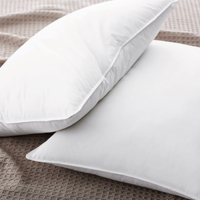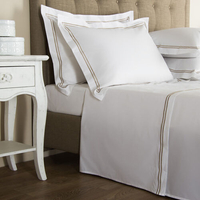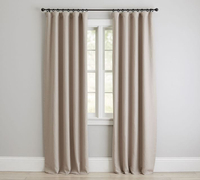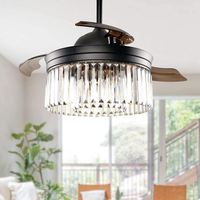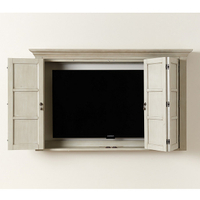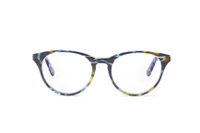6 sleep-friendly bedroom tips – and the buys you need to sleep better
The essentials of a good night's sleep right this way...
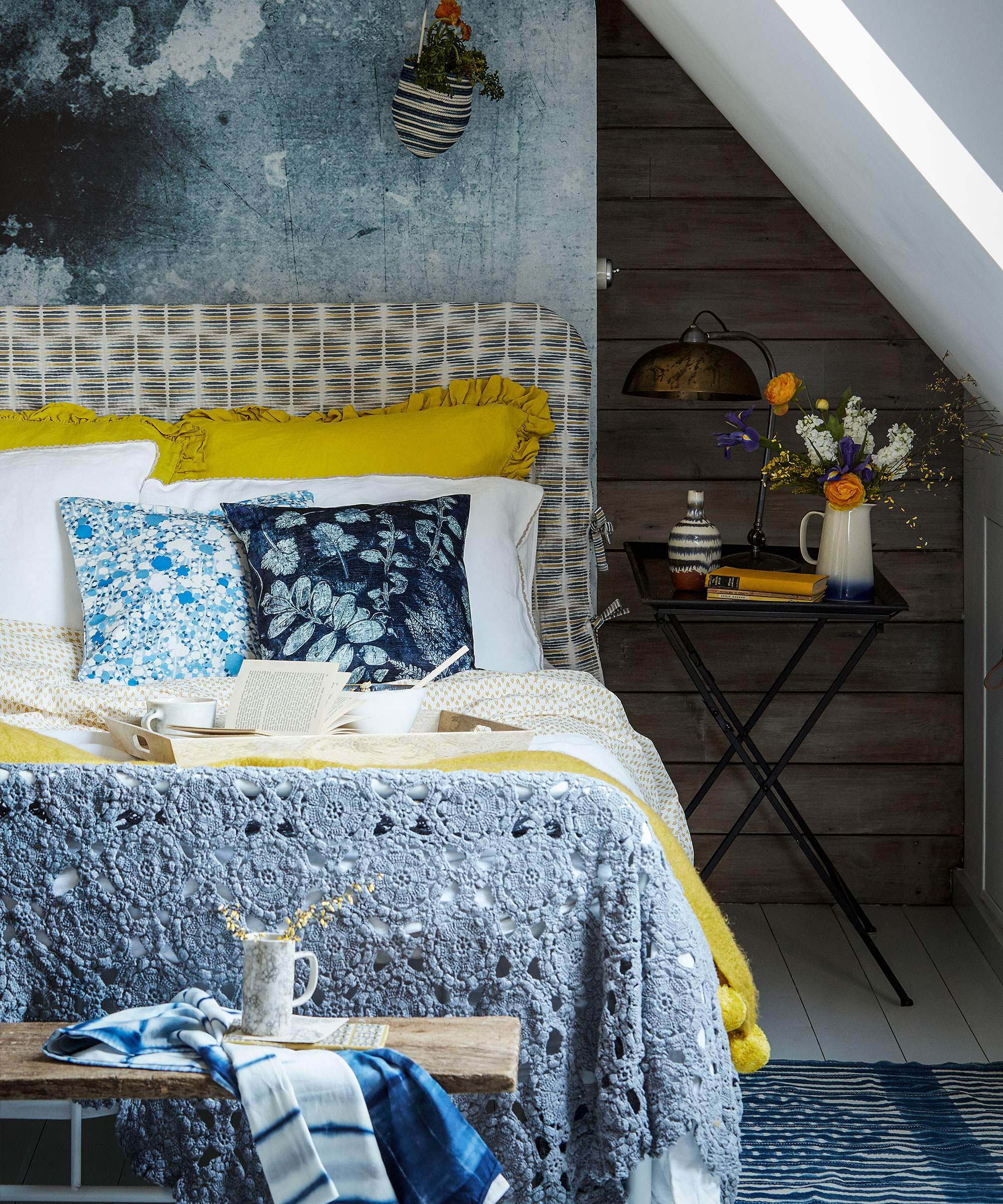

A sleep-friendly bedroom starts with the best mattress, that's a given. But it's also essential to pay attention to other elements of your bedroom design. Our bodies sense that it's time for bed based on our physical environment, so the light, sounds, and temperature in your bedroom can directly relate to your ability to fall and stay asleep.
Bedrooms are meant to be for sleeping. Any other activity, be it working, watching TV, or even eating, can cause our brains to dissociate the space from sleep. So, if you're suffering from poor sleep, why not reclaim your bedroom and to set it up for snoozing?
See more bedroom ideas for every space, style and budget in our dedicated gallery.
6 sleep-friendly bedroom tips and buys
Implement these tips and you'll soon find your sleep-friendly bedroom to be the respite it deserves to be – and you'll improve your sleep in no time.
1. Create an environment that you want to sleep in
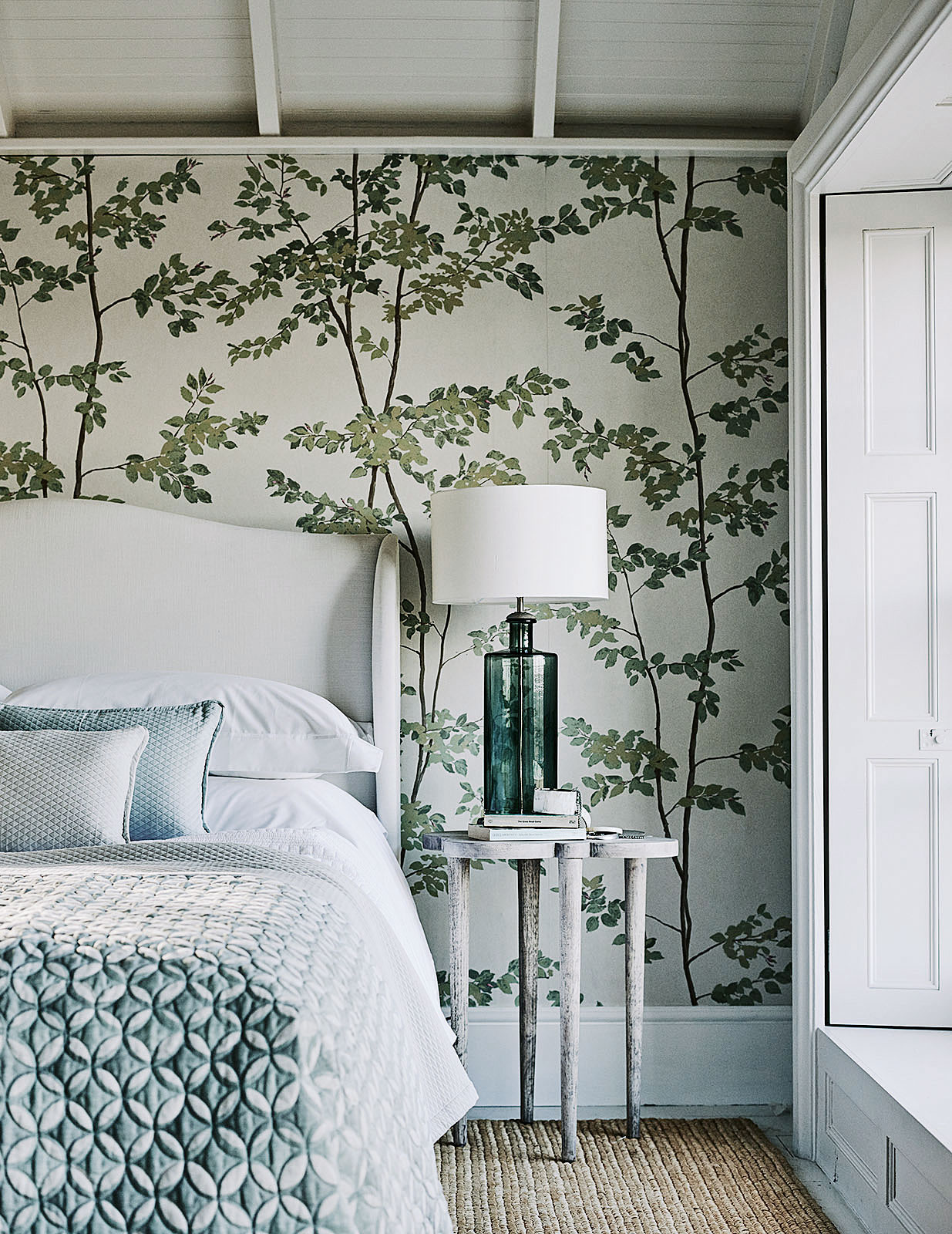
First things first, it's important to create your dream bedroom set up, with the bed serving as the foundation to a great night's sleep. Start by considering if it's time to replace any bedding.
Mattress experts suggest you replace your mattress every seven to 10 years, while pillows should be replaced every one to two years. Sheets depend on how often you rotate them around and wash, but those also should be replaced annually.
See: Best pillows – our pick of the top buys to make your bed a haven
Sign up to the Homes & Gardens newsletter
Design expertise in your inbox – from inspiring decorating ideas and beautiful celebrity homes to practical gardening advice and shopping round-ups.
Legends Hotel Best Down Pillow | $119 at The Company Store
Save 25% through March 21st with code BFF2021
A pillow can make or break your bed. If it's feeling flat or lumpy it may be time to replace, and if you're waking up with neck aches from the pillow being to lofty or too low, it may be time to reconsider your pillow based on your sleep pillow. The Company Store's hypoallergenic White European 600 fill power down pillow takes all sleep positions into account, offering its pillow in soft, medium, firm, and extra-firm options.
Frette Hotel Classic Sheets Set | $500 for Queen at Bloomingdale's
Give your bedding the feeling of your favorite hotels and resorts with a luxurious sheet set. The crisp cotton percale set will sleep cool and comfortable throughout the night and includes a fitted sheet, top sheet and pillowcases
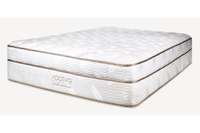
Saatva Classic Mattress
Save $200 off purchases $1,000 or more through March 22nd
If there was a mattress that could please even the pickiest of the sleeper, it would be this hybrid mattress from Saatva. It features CertiPUR-US® certified foams and individually pocketed steel coils for a sleep experience that offers the perfect mix of contouring support and cushioned comfort -- thanks to the luxe 3-inch pillow top.
Choose from two heights and plush soft, luxury firm (medium), or firm firmness ratings so you can choose the mattress according to your preferences or sleep type.
2. Control the lighting
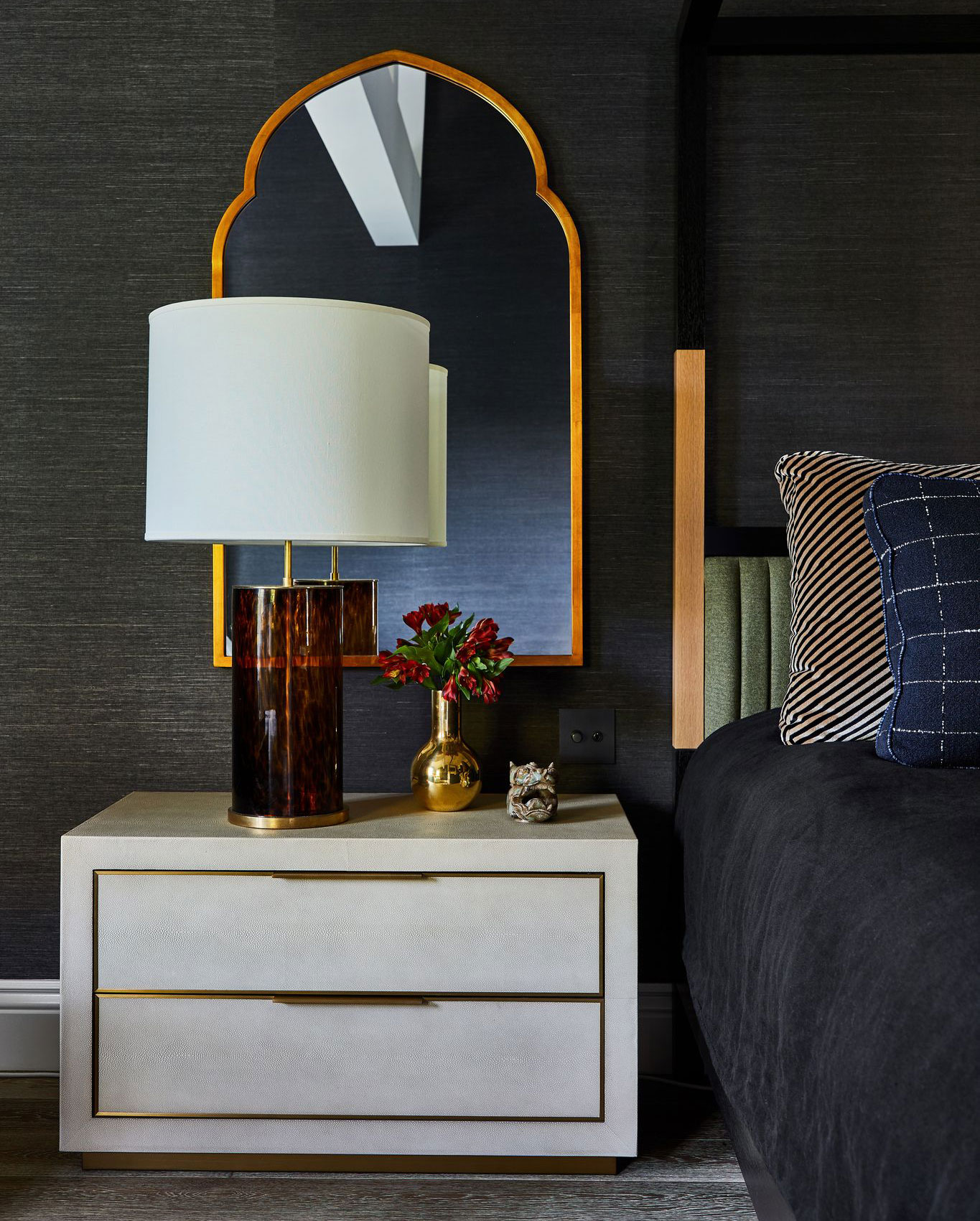
While a bright, airy bedroom is more than welcome during the day, come bedtime, a good set of blackout or privacy curtains can make the difference between falling right asleep and being distracted by outside lights. Same with in the morning, being greeted with daylight streaming in or waking up in the darkness comes down to personal preference. However, if you're easily distracted by light when you're sleeping, it can disrupt sleep cycles. Then, you should work to adjust harsh overhead lights with dimmers, removing objects that emit light like LED clocks or devices with sound.
Before bed, overhead lights can be a little too stimulating, and dim bedside lighting will create the right ambiance as you pull yourself into bed.
Whether you dislike waking up in darkness, or the complete opposite, these products can help.
Custom Belgian Flax Linen Rod Pocket Blackout Curtain | Ranging from $38-$701 per panel at Pottery Barn
Light filtering and blackout curtains are a must-have for blocking light from streaming through. They also help muffle outside sounds to a certain degree and can help regulate the temperature in a room. This Belgian Flax design has a light and airy look while offering all the benefits of a blackout-style curtain. They're available in increments from 24"-180" inches in width and 25"-100" inches in length for a custom fit.
SwitchBot Curtain Smart Electric Motor | $99 at Amazon
While automatic shades are growing in popularity, if you have custom-curtains, or simply not looking to go through the hassle that comes with motorized drapes, SwitchBot clips onto your existing curtain rod, and can be controlled by you with your smart assistance or an app, or put on a timer to open and close. If you constantly forget to close your drapes at night, or wanted to be greeted with rays of sunshine when you wake, the SwitchBot will become your new favorite indulgence.
3. Mute noisy distractions
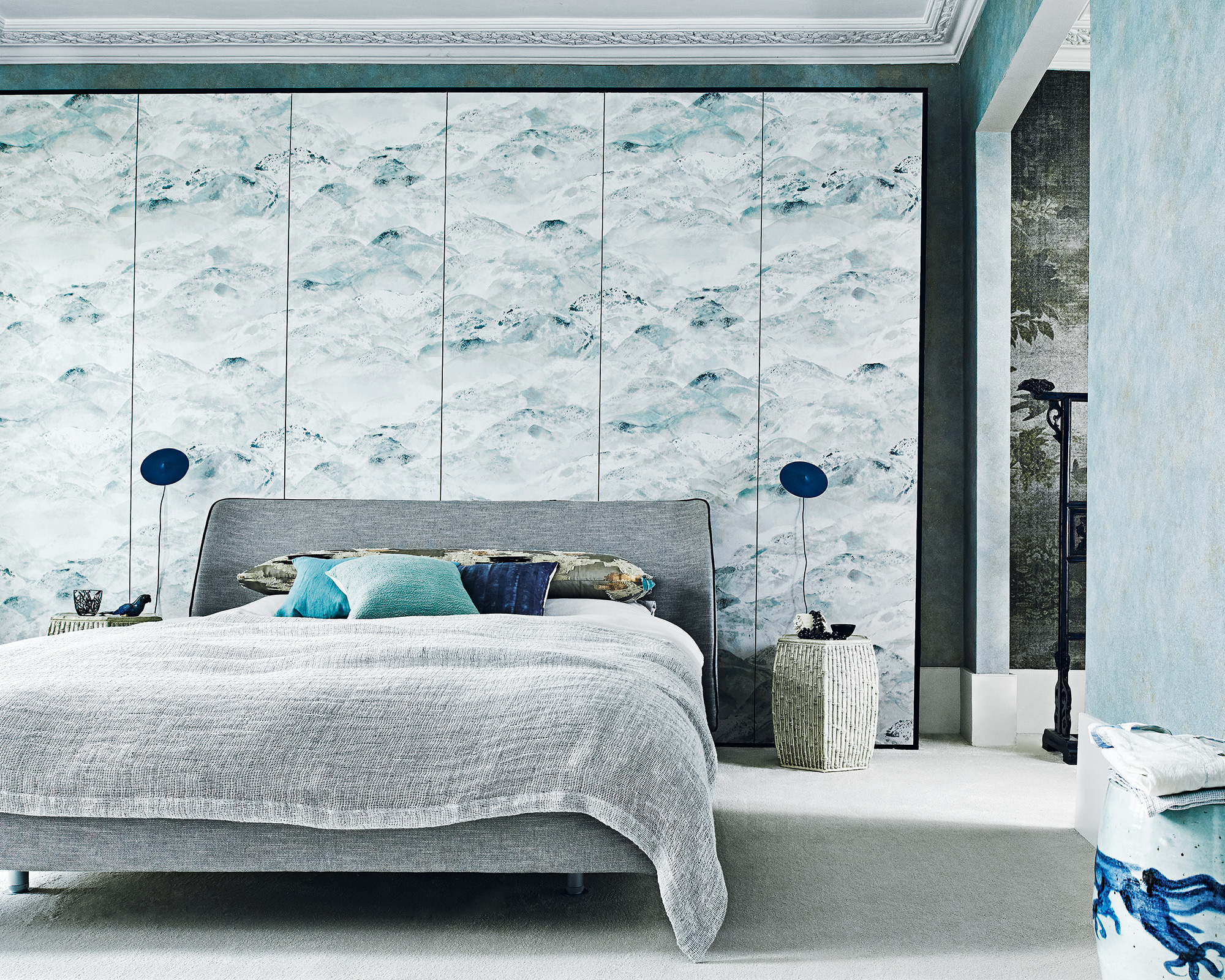
Whether it's noise from outside or you can hear the activities of other members of your household who haven't gotten ready for bed yet, noise can be a serious distraction. Ear plugs are useful at blocking sound, but white noise sound machines can help create a soothing experience.
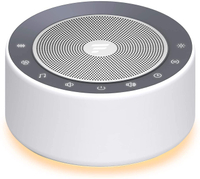
Letsfit White Noise Machine
Add a white noise machine to your nightstand to block out unwanted background noise. This cylinder-shaped design from Letsfit is sleek, compact and can seamlessly blend into your own decor. The white noise machine features 30 sounds, including 8 white noise sounds, 8 fan founds, and 14 audio tracks so you can choose the most soothing track for you. Other features include a night light and timer options for whatever your needs may be.
4. Create the right climate for sleeping
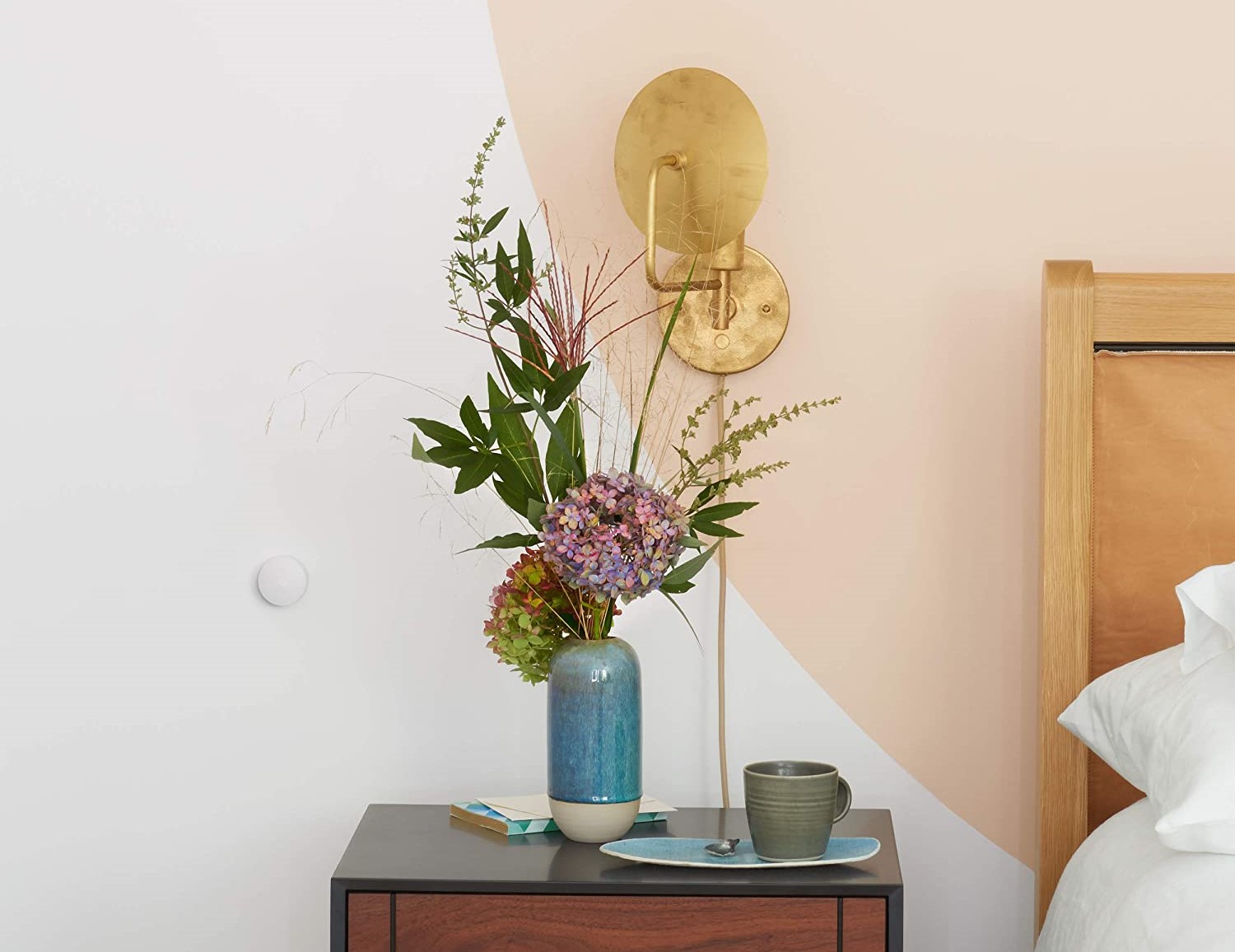
According to the Sleep Foundation, the ideal temperature for sleeping is 65 degrees Fahrenheit (18.3 degrees Celsius) but sleeping between 60 to 67 degrees Fahrenheit (15.6 to 19.4 degrees Celsius) will keep you comfortable. Turning the thermostat down at night may help with temperature regulation and signal your body that it’s time for bed.
Portable fans are excellent for keeping you comfortable on warm evenings but rarely do they fit in with a bedroom's desired ambiance. A ceiling fan is also useful to keep you cooler at night, and in summer months, an open window promotes the circulation of fresh air.
If you're truly looking to commit, Google's Nest Thermostat system will revolutionize how you cool and heat your home, and may even lower your energy bill. But most importantly, when you combine a Nest Thermostat and a temperature sensor, you can sleep with your room cool, and elevate the temperature of the unoccupied spaces in your home while you sleep.
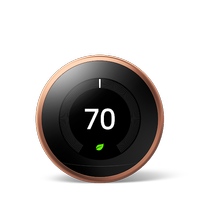
Google Nest Learning Thermostat
If you don't already have this smart thermostat that learns your schedule as you go, we think you're going to want to add one in... for the sake of your comfort and beauty sleep. It adapts quickly to learn your schedule and ideal temperature, can be controlled from afar with your smartphone or a voice assistant, and even shares how much energy you use or save in a Home Report.
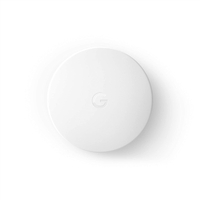
Google Nest Temperature Sensor
Paired with the Nest Thermostat, you can control the temperature of the room that the sensor is placed in. Simply place the discrete sensor on a wall or shelf in your bedroom, so the room can be programmed to be your desired temperature at a certain time.
Parrot Uncle 42 in Indoor Black Crystal Retractable Ceiling Fan with Light Kit Remote Control | $179 at The Home Depot
If you've been hesitant to add a ceiling fan to your bedroom, the addition of this retractable fan may just change your mind. The Home Depot has a massive selection of retractable fans to suit a host of preferences from rustic to maximalist, to options like this traditional chandelier design. It's showstopping lighting at all times, and a fan when you need it.
5. Remove signs of work, clutter, and even technology
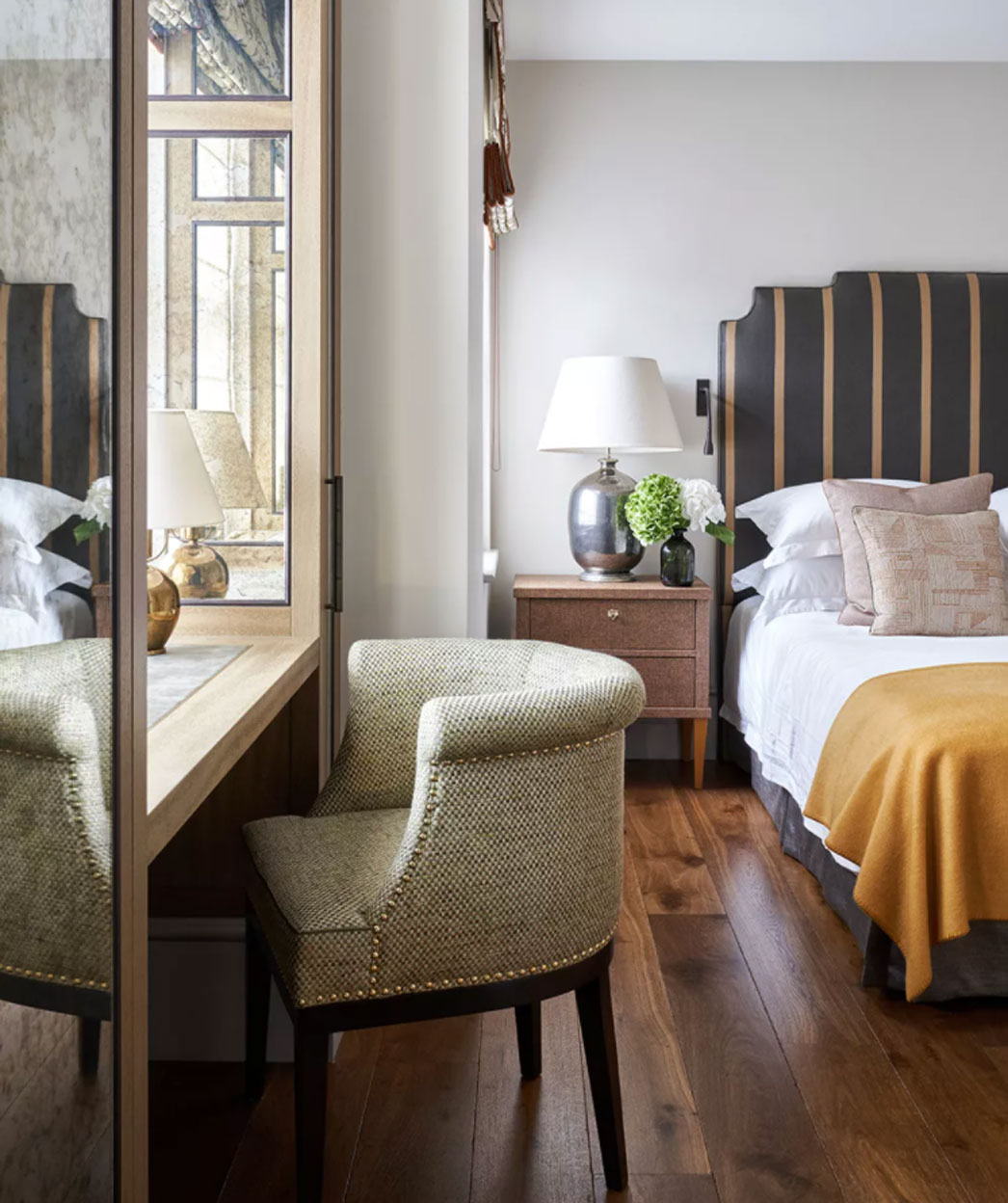
Keep anything that can cause distractions out of the bedroom, which can seem quite tricky, and even vague, since its easy to see these behaviors as harmless.
Working, leaving clutter like mail or clothes out, and yes, our technology, can distract us, cause our brains to dissociate the space with sleep, and in some cases, interrupt our sleep.
If it can be avoided, refrain from keeping a desk in your bedroom, or at least one that you use as your main work area. And if possible, place all unnecessary electronics in a different room at night. A beep from a notification or if the screen wakes can interrupt light sleepers and make it difficult to fall back asleep.
Another big no: working in bed. We've all done it at some point, and it's even a nasty habit to break. Not only is it bad for your posture, but working in bed all-day will make it harder to fall asleep.
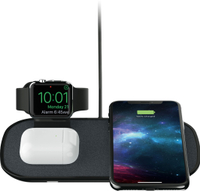
mophie 3-in-1 Wireless Charging Stand
Give your tech a resting spot of its own to recharge. Try leaving it as far from your bed as possible, if left in your bedroom, which also makes it less tempting to reach for before bed. Alternatively, designate a space for your phones, smartwatches, headphones and other tech gear outside of your bedroom like in your kitchen, study, or living room.
The mophie 3-in-1 charging stand has space to charge your iPhone, Apple Watch and AirPods simultaneously in a compact and attractive setup.
6. And if you can't forgo a television (or other tech) in the bedroom...
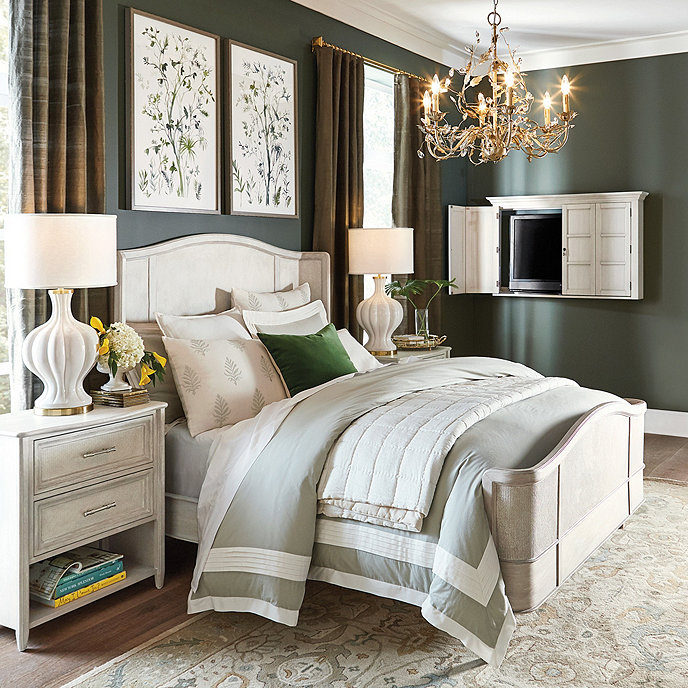
Some already have the discipline (or make the design choice) to keep a TV out of the bedroom. Others, like myself, find it ritualistic to watch TV curled up in bed or scroll through the internet or social media on a phone or laptop right before going to sleep.
You see, the artificial lights from watching TV, or any screen time, really, from phones and computers, can disrupt your body's Melatonin production, making you less ready to fall asleep. The good news is that many newer TVs, as well as cell-phones and computers, offer blue light settings where the filter adjusts the tone of the light emitted from the screen to a warmer tone, which helps.
The blue light features help, but its not just the screen that can disrupt sleep, but the light that emits from sensors when off.
So, yes, removing the TV from your bedroom will help improve your sleep, but if that's not an option, there are countless ways so you can make your tv more discreet to blend in with a space, or hide from sight, or reduce the impact from blue light right before bed.
Hughes TV Cabinet | $519 at Ballard Designs
Many ways for concealing a TV that we've seen seem to include some sort of DIY component that not everyone is up for. Enter TV cabinets. They may feel very 90's, but here's our case for them to come back. They enable us to have a TV in the bedroom, and out of sight at the same time. Today's options are designed for today's slimmer big-screens, like the Hughes TV Cabinet from Ballard Designs, that can fit a flat-screen TV up to 55-inches. Center this rustic-looking cabinet over your dresser for a cohesive look. When opened, the French-style doors fold away to not disrupt your view.
Gracia Blue Light Glasses | $121/ £87 at Barner
Save 15% sitewide through March 21st with code SLEEPWEEK
Blue light glasses worn before bed (and throughout the day) can actually help you sleep better at night and reduce eye strain. Overexposure to blue light (an effect of staring at digital screens for hours) can affect our Circadian rhythm and ability to fall asleep at night. The blue light emitted from screens and also strain your eyes, cause additional vision problems, and cause headaches.
The Gracia frames from Barcelona-based Barner pair style and function using high-quality organic CR-39 lenses that block 100% of the Blue Light under 410nm and 45% of the Blue Light on the 410nm - 450nm spectrum. Plus, you can add your own prescription to the lenses for an additional fee.
If you don't remember to wear blue light glasses during the workday, at least try and leave a pair on your nightstand for when you watch TV in bed in the evening.
Now you know more about how to sleep better, we wish you a quiet night.

Jaclyn is H&G's eCommerce editor and oversees all things shopping. She's also a bonafide sleep expert, and previously managed all sleep content on Homes & Gardens and Real Homes– in fact, she has passed our five-step certification process to become a verified customer advisor on mattresses. She regularly scouts out the best of the best for buying guides to help you fill your home with only the best. She joined the team in January 2021. She has previously worked with Apartment Therapy, The Kitchn, The Spruce, The Spruce Eats, and MyDomaine. When Jaclyn's not working, she loves browsing real estate listings, unwinding with a chilled glass of Rosé, and entertaining her Cavapoo, Reese.
-
 5 surprising but brilliant ways to clean with old socks – from perfectly buffing stainless steel to deterring pests naturally and more
5 surprising but brilliant ways to clean with old socks – from perfectly buffing stainless steel to deterring pests naturally and moreTackle dust in tricky corners, clean your mirrors and even banish bad odors with those rogue single socks
By Andy van Terheyden Published
-
 How to grow astilbe – expert advice on cultivating this shade-tolerant flowering perennial
How to grow astilbe – expert advice on cultivating this shade-tolerant flowering perennialShade-tolerant and pest-resistant - astilbe are hardy and tough perennials that can thrive in many settings
By Ellen Wells Published
